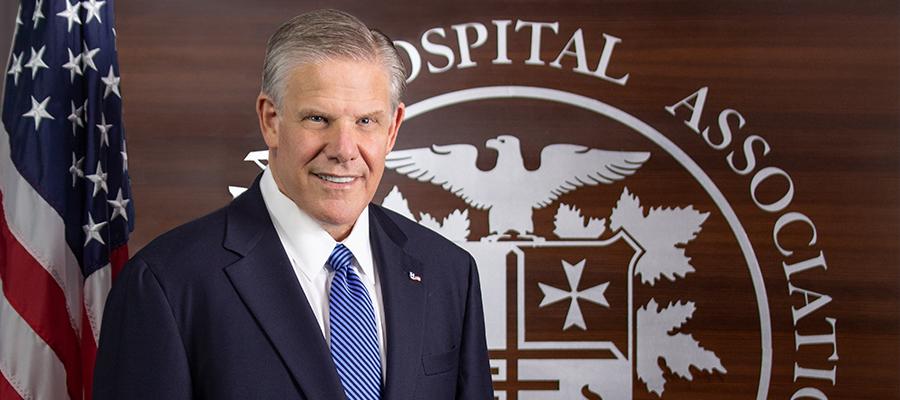Perspective: Meeting the Challenges to Realize the Promise of a COVID-19 Vaccine

A COVID-19 vaccine is likely coming soon. Whether it’s next month, at the end of the year or in early 2021, many scientific experts believe we will have one or more safe and effective vaccines to combat the deadly virus.
That’s certainly good news and should give us all hope. However, having a vaccine approved is really only step one of what will be a tremendous undertaking to distribute the vaccine and get people vaccinated.
Dr. Anthony Fauci, the director of the National Institute of Allergy and Infectious Diseases, this week said, "It would be a terrible shame if we have — and I think we will have — a safe and effective vaccine but we're not able to widely distribute it to those who need it."
A recent Gallup poll indicated that Americans’ willingness to be vaccinated for the virus is plummeting. It’s a concerning trend that also is showing up in other recent polls. And we have to do everything we can to reverse it.
As part of AHA’s vaccine strategy, we are engaged in a number of efforts, including those focused on shaping public policy and field leadership.
On public policy, we’ve been working with clinical and scientific partners to ensure the safety and integrity of the vaccine approval process. We provided input into the National Academies of Sciences, Engineering, and Medicine’s framework for an equitable vaccine distribution. And we continue to work to address supply chain and distribution challenges.
At the same time, we are encouraging federal, state and local government agencies, along with doctors, nurses, and hospitals and health systems, to deploy resources now to engage communities, build trust, create partnerships and develop the bidirectional communication channels necessary to orient the vaccination effort toward success. We also are working closely with our partners at the state, regional and metropolitan hospital associations as states submit their vaccine distribution plans.
In addition, our COVID-19 vaccine webpage includes a number of resources, and in the coming weeks and months, we’ll add new tools for administering the vaccine, engaging stakeholders and communicating with your local community.
While we have to continue to focus on all of these efforts — and many others — as they will be critical to implementing a successful mass vaccination program, we also must recognize the current reality in our fight against the virus. COVID-19 cases are remaining steady or trending upward in every state, and hospitalizations also are rising.
Although most people are feeling fatigued from the many difficult months we have endured, as Dr. Francis Collins, director of the National Institutes of Health, said this week, “And yet the virus is not tired of us."
That’s why we need to continue to urge our patients and communities to wash our hands, keep our distance and wear a mask. Until a vaccine is widely available and in use, these are our best defenses against the virus.

